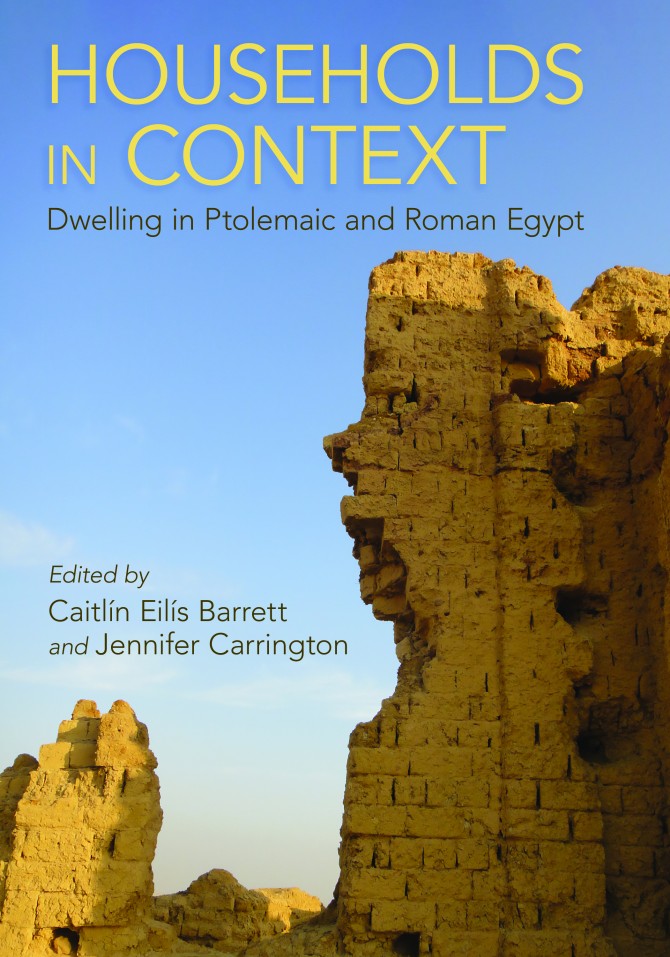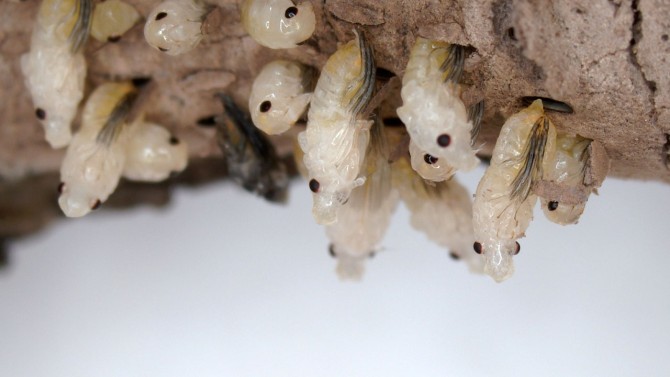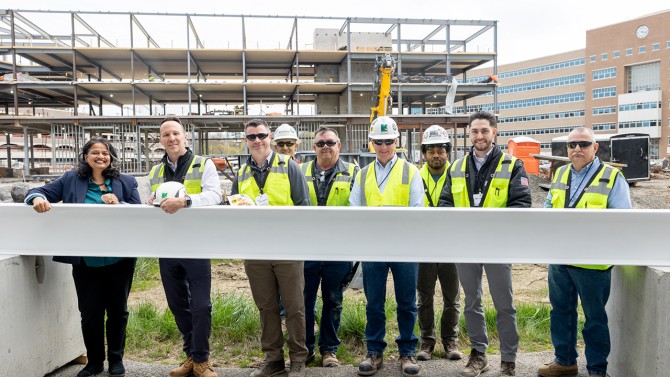Accra – The alarm bells are sounding – according to the United States National Weather Service, El Niño has returned. While the world gears up for what it will bring this year, Southern Africa is still reeling from the impact of devastating cyclones, storms, torrential rains, and flash floods of the past year, affecting large swaths of inhabited and cropped lands and damaging critical social and economic infrastructure and fisheries equipment. Yet, the region is in a much stronger position for El Nino’s return than seven years ago. With early warning and early action in the region, preparations are underway to ensure that the lessons learned minimize the risks ahead.
“As we prepare for the impact of El Niño, we are confident that the lessons learned, expertise gained, and synergies built across Southern Africa during the last response, and the strong resilience-building effort that followed that major drought puts us, member states, and our partners in a position to respond effectively,” says Lewis Hove, Resilience Team Leader, Southern Africa.
It is vital to support governments of high-risk countries in strengthening their drought preparedness and response capacity. Sufficient drought-resistant agricultural inputs must be integrated into existing supply chains to keep smallholder farmers and agro-pastoralists productive and communities nourished. It is equally vital to continue investing in drought monitoring structures that provide decision-makers with the necessary, timely information to safeguard lives and livelihoods. FAO has continued strengthening national and local capacities to respond to El Niño and other shocks that arise. The Organization has also invested in policies and mechanisms to ensure it is more agile in responding to local, national, and subregional emergency needs, working with member states and partners to ensure the necessary agricultural inputs are not in short supply.
The biggest takeaway that will ensure a successful response to El Niño is governments, local communities, and partners’ ability to build response plans on long-term resilience programmes instead of stand-alone interventions.
A known foe
In the 2015/16 rainfall season, El Niño wreaked havoc across Southern Africa, inducing the worst drought in over 35 years. This El Niño was part of a series of disasters that left over 40 million people acutely food insecure. The most seriously affected countries were Botswana, Eswatini, Lesotho, Madagascar, Malawi, Mozambique, South Africa, and Zimbabwe, with widespread crop failure, low production, and dried-up community watering points for people, livestock, and agriculture. It also caused a massive loss of assets and income.
The El Niño-induced drought hugely impacted people’s livelihoods. Food prices skyrocketed as a result, with countries relying on expensive imports to make up for local and national food deficits. The most affected commodity was maize, the primary staple food in the region. Its price rose significantly above international prices, doubling in Malawi and Mozambique. The drought also ravaged livestock production due to a lack of pasture and water, leading to significant animal deaths in Eswatini, Lesotho, South Africa, and Zimbabwe.
A swift, multi-pronged response
In response to El Niño’s devastation across the subregion, the Southern Africa Development Community (SADC), with support from FAO, launched an international humanitarian appeal in June 2016. This appeal sought to raise USD 2.4 billion to support the countries most affected in the Community. The Southern Africa Regional Inter-Agency Standing Committee also sprang into action with a three-pillared response; humanitarian – to address immediate needs, resilience – to fortify communities from future shocks, and macro-economic – to elaborate government policies and financial resources to address the long-term impacts and risk management of the El Niño-induced drought. This appeal called for over USD 1 billion, targeting over 13 million people.
FAO, responding swiftly to the needs of its member states, mobilised over USD 100 million to support more than 3.3 million vulnerable households. The Organization also deployed the greatest tool in its arsenal: technical expertise and the ability to convene critical actors for coordination and collective impact. As part of its response, the Organization was instrumental in establishing the the SADC response and coordination team that facilitated the Community’s plan and billion-dollar appeal while supporting implementation in member states.
Critically, FAO supported establishing and training national coordination structures that ensured the right inputs, support, and training reached the right people at the right time. These structures were indispensable to the response’s effectiveness. FAO provided data collection and analysis support through the Integrated Food Security Phase Classification (IPC) to buttress the work of regional, sub-regional, and local response structures.
The Organization also provided critical drought-tolerant short-cycle cereal and legume seeds, vegetable seeds, planting materials, and fertilizer at the local level, agricultural inputs that were critical to rural agro-pastoralists. The Organization also provided soil and water conservation training while proliferating household and school gardens to complement the nutrition and livelihoods of those most affected. It supported establishing and rehabilitating community watering points for livestock and off-season supplementary food production.
Beatrice Makwinja is a smallholder farmer in rural Malawi who got access to early maturing hybrid seeds at an FAO seed fair in 2016. These seeds proved to be a lifeline for her household. “This area receives less rain, and planting early maturing hybrid varieties was very good as it matured early and yielded more,” she said. “Initially, I had no money to buy hybrid seeds and just decided to plant local varieties. Thanks to the FAO seed fair, as soon as I got hybrid maize seeds, I uprooted the local maize from the whole field, replanted, and intercropped it with ground nuts. After harvest, we yielded seven bags of maize weighing 50 kg each and four bags of shelled pigeon peas weighing 50 kg each. I could feed my family as I had both commodities available.”
FAO and other partners invested heavily in educating rural communities on climate-smart technologies and practices such as conservation agriculture, water harvesting techniques, livestock restocking, and livestock disease control to further minimize the effects of the drought and fortify community and household resilience. These actions all worked together to provide a robust response in the face of dire need.
“The international community must prepare to support the anticipatory actions and response efforts with the looming El Niño event. Southern Africa is already burdened with 57.5 million people experiencing food and nutrition insecurity in 2023/24. We cannot let that number grow,” said FAO’s Lewis Hove.








